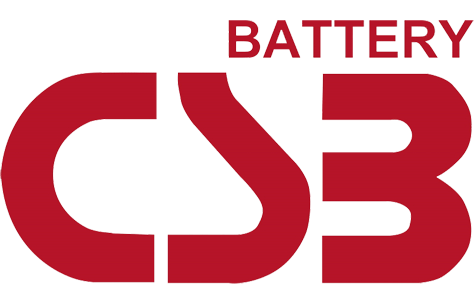Understanding Compliance with Emergency Lighting Regulations
Compliance with current emergency lighting regulations is crucial to ensure adequate illumination in the event of a complete loss of power. When normal lighting fails in commercial or public buildings, a central battery system (CBS) bypasses the normal mains supply. This emergency power source illuminates exit signs, escape routes, and anti-panic lighting in the event of sudden darkness. Regulations for emergency lighting compliance state that the CBS should have a minimum duration of between one and three hours, depending on the premises type and evacuation time.
A secondary power supply is necessary because power failure can typically occur during a fire, storm or other building damage. Therefore, critical backup systems must meet current regulations and be appropriately maintained to ensure they work when required. According to the Fire Protection Association (FPA), 44% of firms in England do not have the correct emergency lights installed. Additionally, 25% of social housing buildings have ‘missing or broken emergency lighting on resident escape routes’.
More stringent safety regulations for building safety came in the wake of the devastating fire at Grenfell Tower in 2017. As lives are at stake, it is an obligation of building owners and landlords to carry out risk assessments to ensure that current uninterruptible power supplies (UPS) and central power systems (CPS) meet key emergency lighting and standby lighting requirements. This requires reviewing the standards and certifications of existing emergency backup power equipment and ensuring adequate equipment is installed.
Compliance with Emergency Lighting Regulations (BS EN 50171)
BS EN 50171 sets the requirements for emergency lighting and CBS systems. In the documents, commercial property owners can learn the minimum safety level for critical life systems. This document also applies to backup power solutions for automatic fire extinguishing systems, paging systems, and other critical life safety systems.
The minimum requirement for CBS is 120% permanent overload capacity. Then, when required in an emergency situation, the backup power system must provide power to emergency lighting for between one and three hours. For example, any buildings used as sleeping accommodation — blocks of flats, hospitals, care homes — must have a minimum of three hours autonomy.
Another requirement in the BS EN 50171 is that batteries have a ten-year design life. Additionally, it should be at least a C10 battery with a ten-hour charging capacity.
Other Regulations for Emergency Lighting
Although BS EN 50171 is the primary document for CBS and critical power systems during an emergency, there are several other standards that property owners must know.
- IEC 62034: This regulation specifies standards and functionality for automatic test systems for use with emergency lighting systems.
- BS 5266-1: This directive applies to the recovery time that power must be restored to any critical power system. The specifications are that the system must regain 80% autonomy within 12 hours after a power outage. This document also specifies minimum illumination levels in certain areas within a building.
- EN 60598-1: This document directs that the central battery system is housed in an IP20 metal enclosure. There are also specifications for changeover mode and uninterrupted mode.
Why Choose a Central Battery System (CBS)
When installing a compliant emergency lighting system, it’s vital to consider compliance with regulatory standards and the total cost of ownership (TCO). This means that facility type, budget, building age, longevity and project size are factors affecting the decision-making process.
Both a UPS and CBS supply provide power to life-critical systems and emergency lighting. Compared to a UPS, a central battery unit meets the standards of a 120% permanent overload capacity.
Battery life is another factor to consider when selecting a central battery system for emergency lighting. Typically, UPS systems do not come with a 10-year life design as standard. These are usually found in specialist systems for healthcare facilities. Thankfully, many of today’s CBS come with at least a 10-year design life battery as standard, which is now stipulated within the BS EN 50171 guidelines.
A cheaper alternative is to use a self-contained power supply for emergency lighting. Even though this system is quick to install and costs less, it is not as robust as CBS. Additionally, they also result in higher TCO because batteries are less stable and require replacing more frequently.
Which CBS To Choose for Emergency Luminaires?
The two types of CBS are modular or static units. The decision on which one is more cost-effective depends on budget, future expansion needs, and existing infrastructure.
- Static CBS: This is the cheaper of the two and is ideal for a building owner who is not planning on future infrastructure growth.
- Modular CBS: This type of emergency power system has the best flexibility. It also allows for N+X redundancy and connection to several units.
Secure Power works closely with the leading CBS and UPS manufacturers and suppliers. We offer quick access to stock to ensure the fastest delivery times in the industry. Thanks to our experience, our team of highly qualified emergency power specialists can give the best advice on power protection strategies for emergency lighting and CBS.
To find out more about Secure Power’s extensive range of CBS systems and power protection services, please get in touch with a member of our team on 0808 196 6487.














